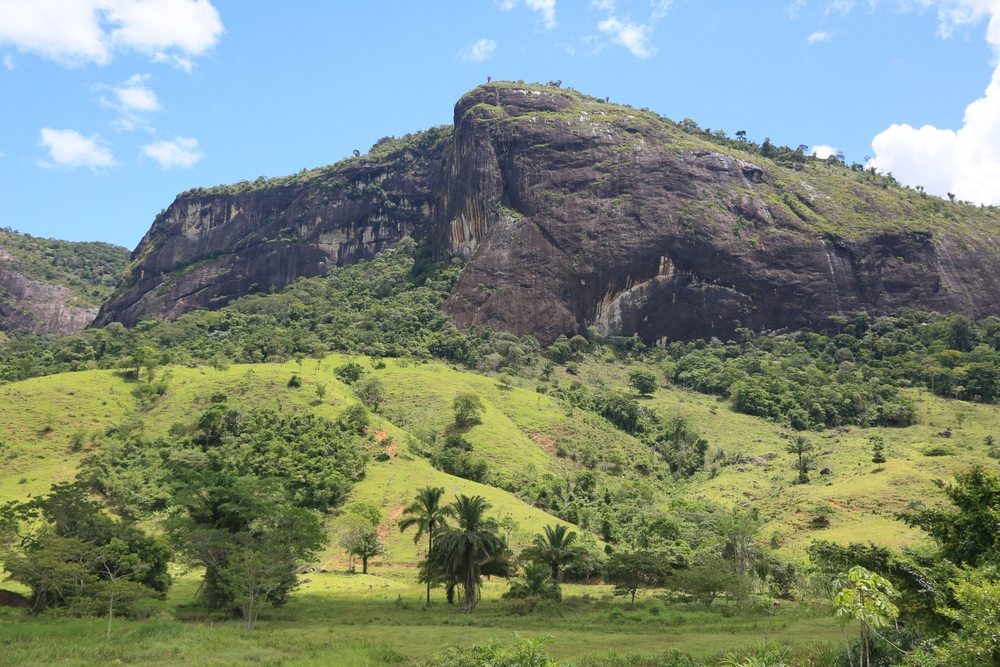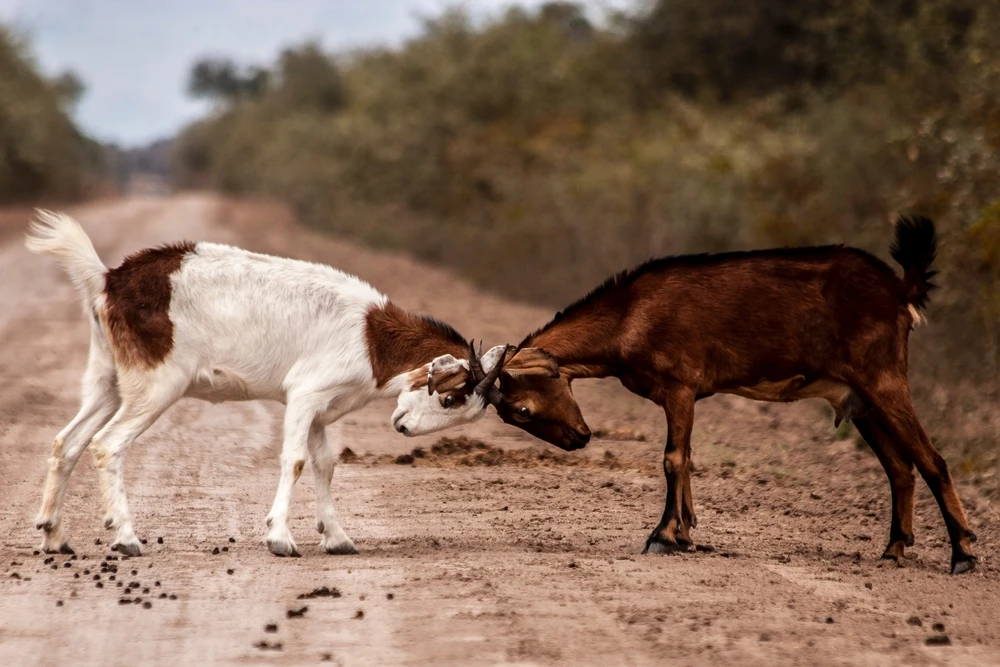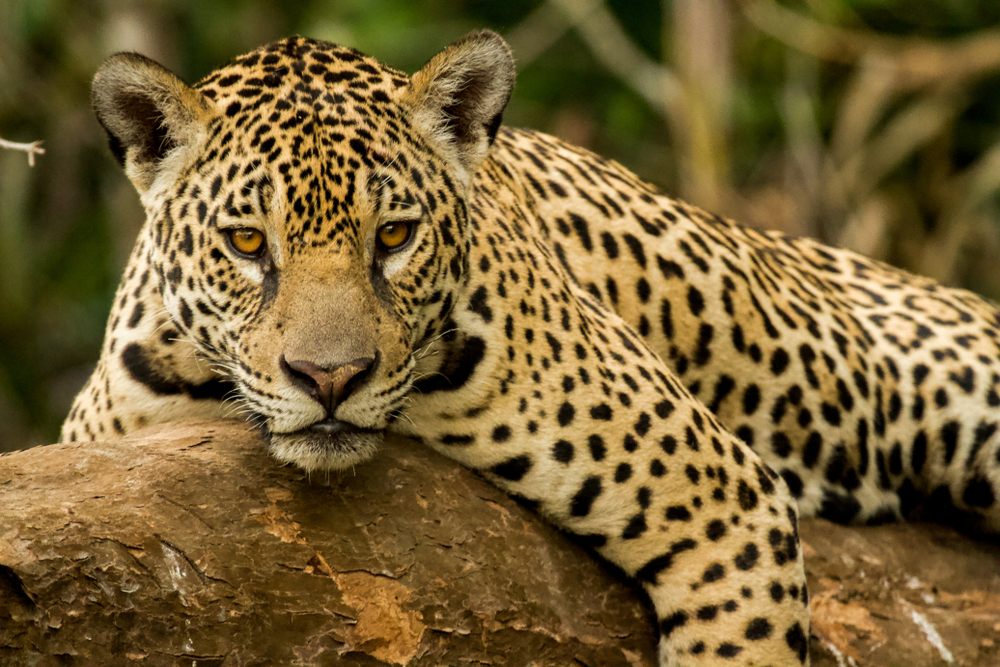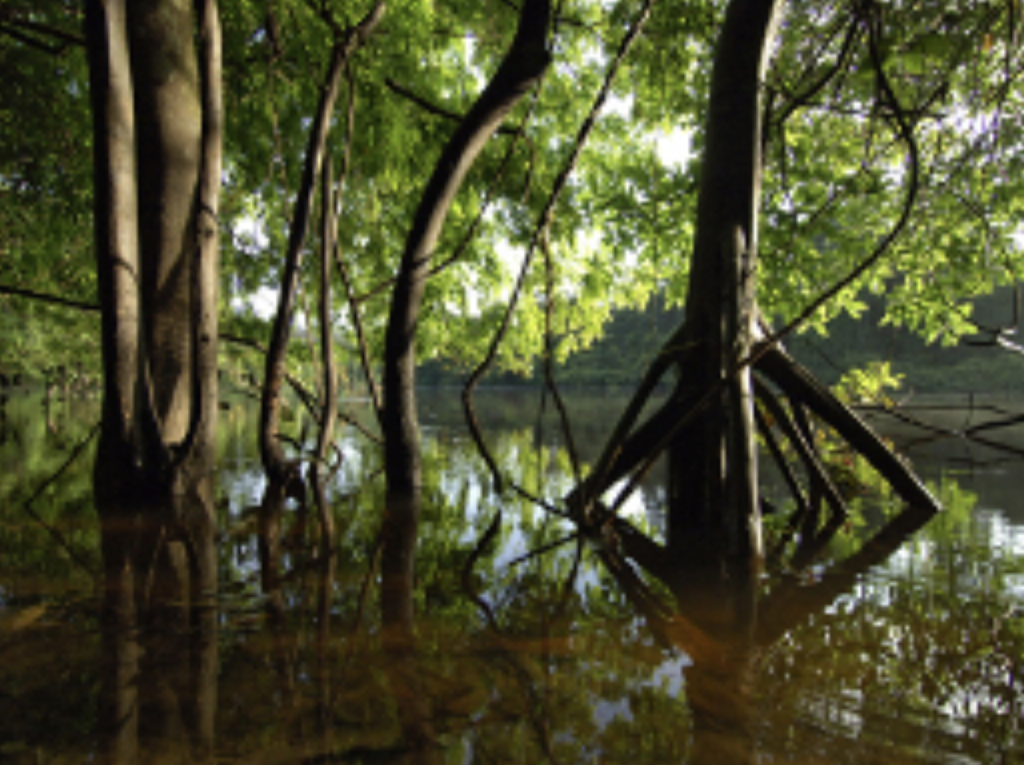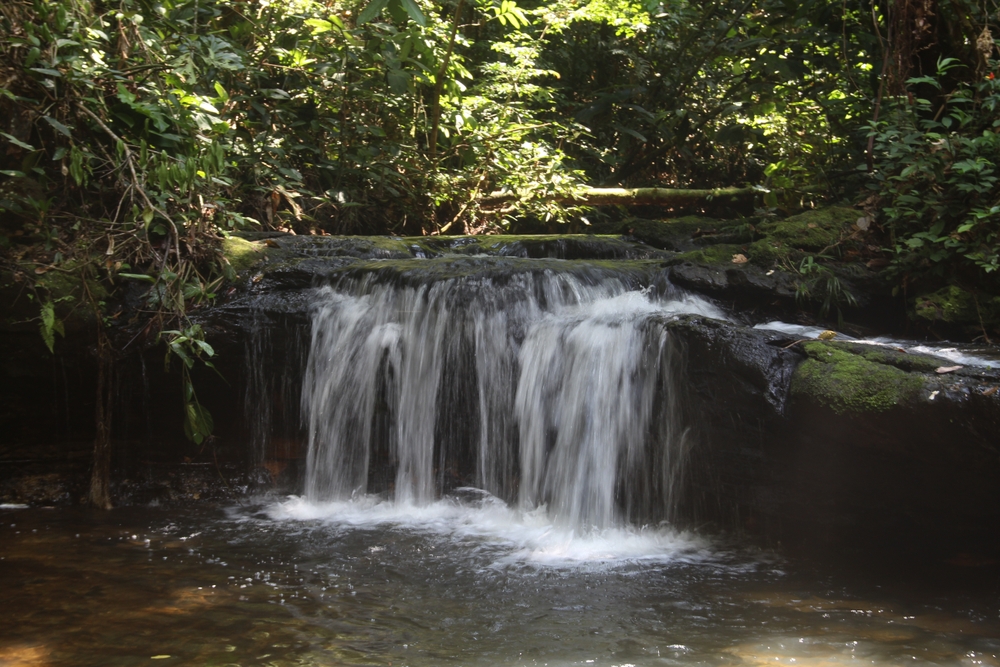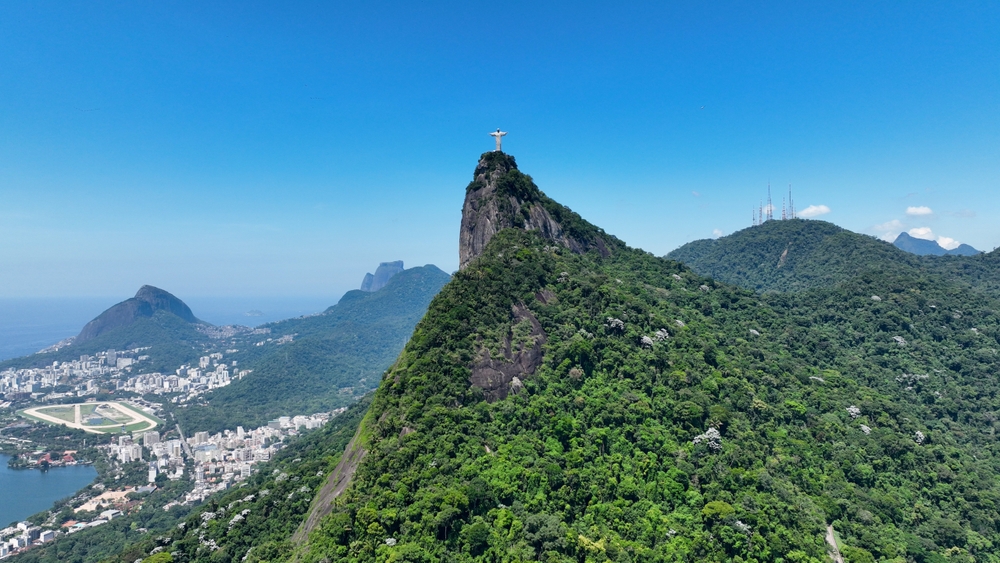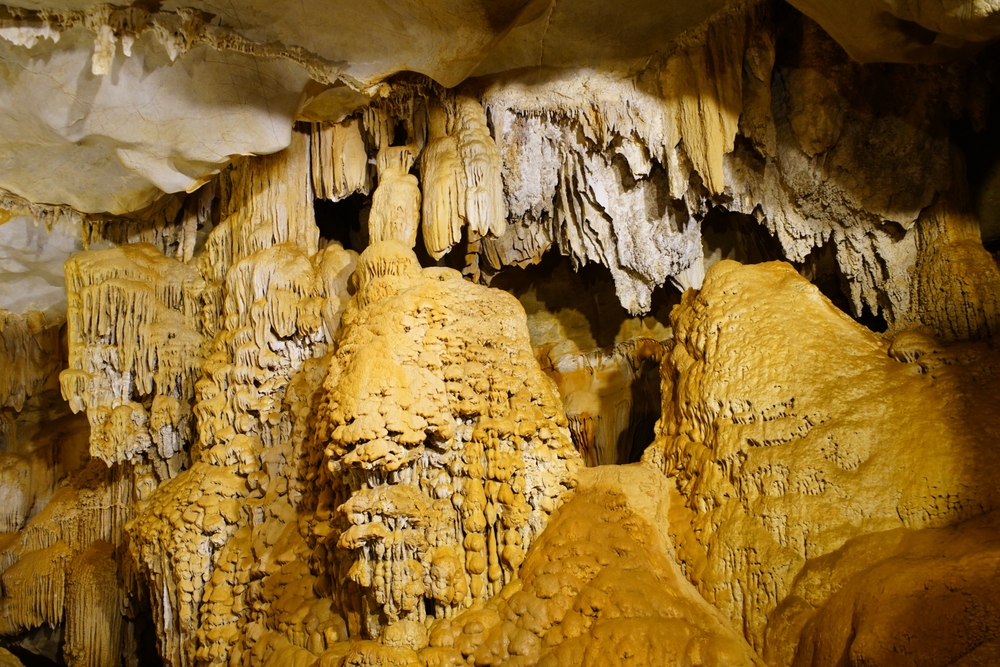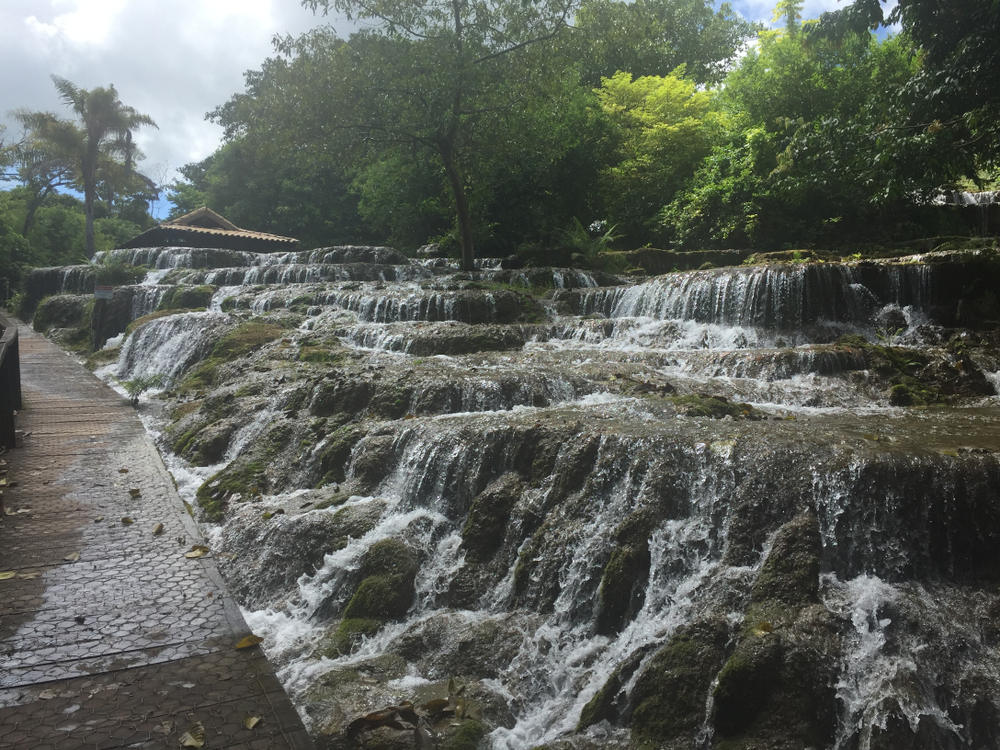Alto Cariri Overview
Alto Cariri National Park, or Parque Nacional do Alto Cariri in Portuguese, is a protected area located in the state of Bahia, Brazil. The park spans approximately 270 square miles, equivalent to around 700 square kilometers, and is part of the mountainous region of the Serra do Espinhaço range.
This park plays a significant ecological role by protecting a fragment of Brazil’s Atlantic Forest, a biome recognized for its exceptional biodiversity and high levels of endemism. Alto Cariri is situated near the municipality of Guaratinga and forms an important link in the ecological corridor between the Atlantic Forest and the Cerrado savanna.
The terrain of Alto Cariri National Park is a striking mix of rugged hills, cliffs, and deep valleys. The park rises in elevation from forested lowlands to peaks that provide panoramic views over southern Bahia. One of the most prominent features is the Serra do Cariri itself, a mountainous formation that gives the park its name.
Waterfalls cascade through ravines, particularly during the rainy season, with streams feeding into the broader river systems of eastern Brazil. The vegetation is notably rich, blending dense evergreen forests with patches of montane and submontane vegetation. Epiphytes, orchids, and bromeliads are widespread, growing in abundance due to the moist climate and diverse canopy layers.
Wildlife is one of the park’s major highlights, offering visitors a chance to observe a wide range of animal species in a relatively untouched setting. The park is home to endangered and endemic mammals such as the northern muriqui, one of the largest species of New World monkeys and a critical symbol of conservation in Brazil.
Other mammals include the maned wolf, pumas, and several types of armadillos. Birdwatchers can expect to encounter species like the white-necked hawk, the Bahia tyrannulet, and various toucans and woodcreepers. Amphibians and reptiles are also common, many of which are still being identified and cataloged by researchers, underlining the park’s scientific importance.
Among the most popular features of Alto Cariri National Park are its scenic hiking trails, opportunities for wildlife observation, and the rich plant diversity that draws botanists and nature enthusiasts. The park’s remote location makes it less frequented than more famous Brazilian parks, offering a tranquil experience for those who do make the journey.
Visitors often engage in trekking, birdwatching, and photography, with local guides offering insights into the flora and fauna. Some trails pass through primary forest areas, leading to lookouts or small waterfalls nestled within the terrain.
Conservation efforts at Alto Cariri have centered on protecting this rare portion of Atlantic Forest and its species from agricultural encroachment, illegal logging, and habitat fragmentation.
Successes include the park’s establishment in 2010 and the continued work of environmental agencies and NGOs in maintaining its boundaries and promoting ecological research. However, challenges persist, particularly related to enforcement and limited infrastructure, which can affect both conservation and tourism.
Despite these issues, the park remains a beacon of Brazil’s commitment to preserving its natural heritage and an invaluable site for biodiversity conservation.








































































